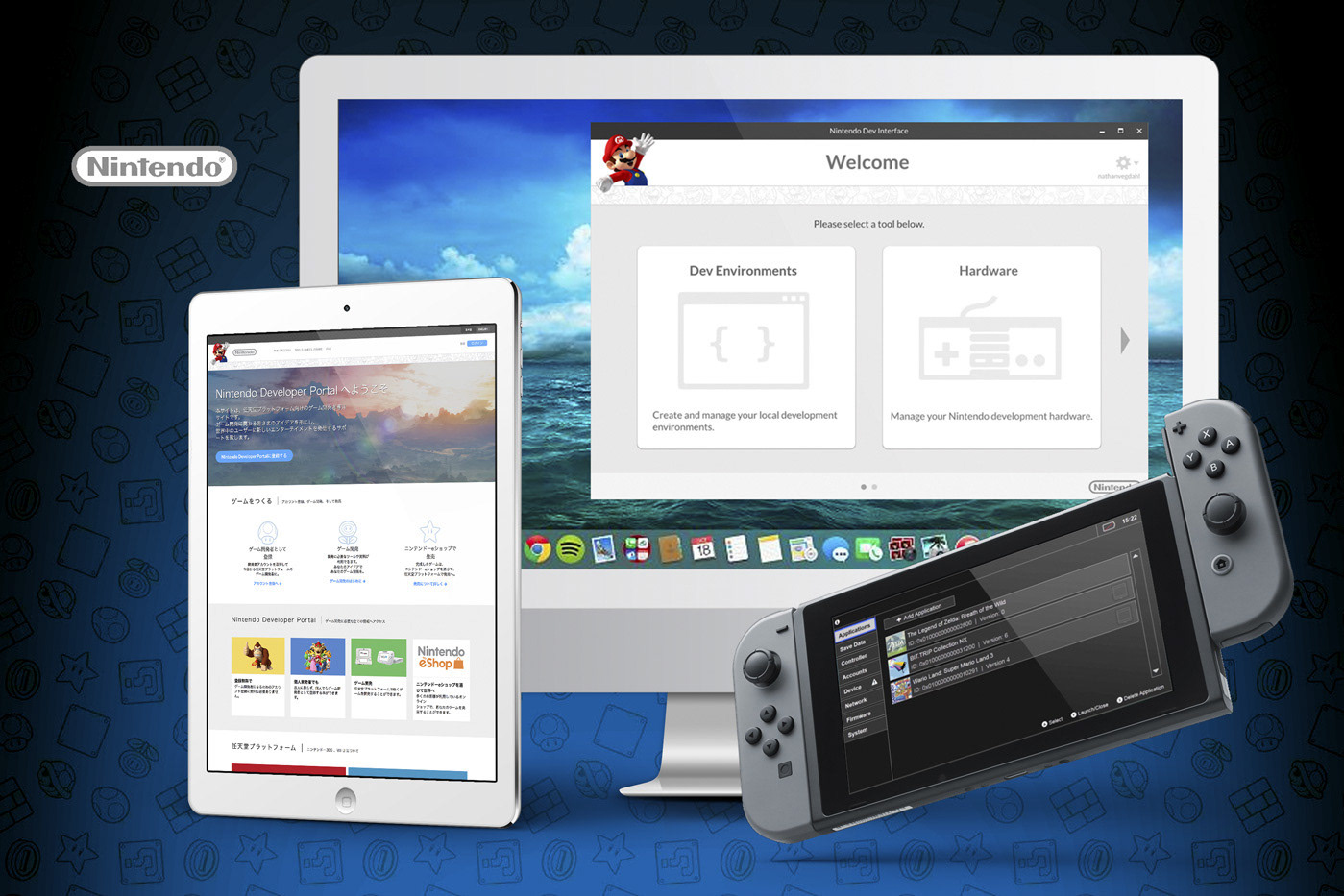The Challenge
While Gap is currently mainly a brick-and-mortar retailer, they have ventured into the online space with a sales website, which unfortunately, is not leveraging best practices as of now. Our task will be to integrate a few best practice elements into their existing site without disrupting their ongoing sales operations. It is crucial to enhance the online platform by incorporating industry best practices while ensuring a seamless transition that does not adversely affect the current sales process.
Optimizing Business: The Multi-Faceted Benefits of Chatbots
In the Forrester Report titled "Unlock The Hidden Value Of Chatbots For Your Customer Service Strategy," authors Daniel Hong and Ian Jacobs elaborate on the advantages of employing chatbots. Businesses can gather more valuable customer insights via unrestricted voice communication, elevate the customer experience, and cut expenses through streamlining operations.
Comparing Giants: IBM and Amazon's Divergent Strategies in Conversational Computing
As per “The Forrester New Wave™: Conversational Computing Platforms, Q2 2018,” Amazon is perhaps ahead in the strategic aspect, but IBM emerges as the provider of a more robust solution. IBM makes its services accessible to third parties, contrasting with Amazon's approach which is centered on creating and enhancing an internal suite of platforms. This distinction underscores the difference in their approaches and offerings in the conversational computing space.
Focused Strategy: Targeting Decision, Delivery, and Loyalty in the Purchase Funnel
For the proposed chatbot concept, we will narrow down the focus to three crucial stages within the broader purchase funnel: decision-making, delivery, and customer loyalty. By concentrating our efforts on these specific areas, we can tailor the chatbot's functionalities to guide customers through the decision-making process, ensure a smooth and satisfactory delivery experience, and foster long-term loyalty by providing personalized after-sales support and incentives.
Bridging the Gap: Enhancing Digital Experience with In-Store Benefits
In a physical store, a customer has the ability to ask questions and get immediate answers, but many brands overlook this advantage when it comes to their digital platforms. Incorporating an integrated chatbot button into the digital interface can replicate the in-store experience by enabling customers to ask questions and receive instant responses, thus enhancing the digital shopping experience by bringing the benefits of in-store assistance to the online platform. This feature not only provides real-time support to the customer but also bridges the gap between the physical and digital shopping experiences.
Sustaining Engagement: Post-Sale Communication via Social Messaging Apps
It is important to maintain communication with customers even after a sale is completed. One effective way to do this is by engaging with them on social messaging applications. Automated messages can be easily sent through social media channels by incorporating a Facebook Messenger opt-in checkbox. This allows businesses to send updates, promotions, and other relevant information directly to the customers' preferred messaging apps, thereby fostering an ongoing relationship and encouraging repeat business. By proactively continuing the conversation after the sale, businesses can enhance customer satisfaction, loyalty, and ultimately, drive long-term value.
Empowering Customers: Two-Way Communication via Social Messaging
Traditional emails often restrict the conversation to a one-directional flow of communication. However, with social messaging, customers who choose to opt in are empowered with a social voice, enabling them to interact with both human representatives and automated responses. This shift towards a more conversational approach facilitates a two-way communication channel, allowing for real-time interactions and more dynamic exchanges between the customers and the business. This not only enhances the customer experience but also helps businesses understand their customers better and respond to their needs more effectively.
Next Steps for Chatbot Development: The Imperative of Qualitative Research
Outlined below are the subsequent stages of the development of the chatbot concept. Although the research and ideas detailed above are comprehensive, they cannot substitute for qualitative research conducted directly with product users and store customers. It is imperative to engage with these groups to gather insights, feedback, and suggestions that can only be obtained through direct interaction. This will not only help in fine-tuning the chatbot's features and functionalities but also ensure that it is aligned with the actual needs and preferences of the end-users. Ultimately, the success of the chatbot will depend on its ability to effectively address the real-world challenges faced by the users, and this can only be achieved through a deep understanding of their needs, gained through qualitative research.









